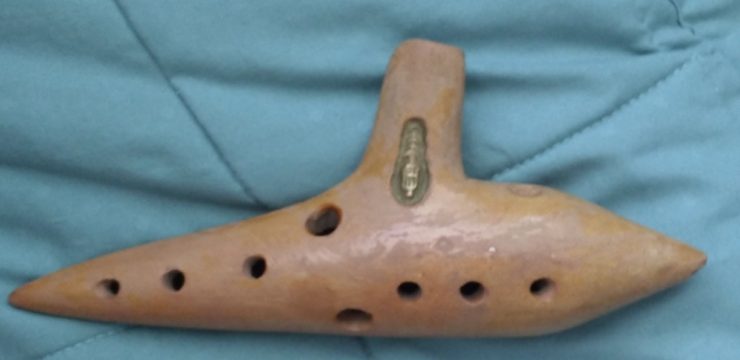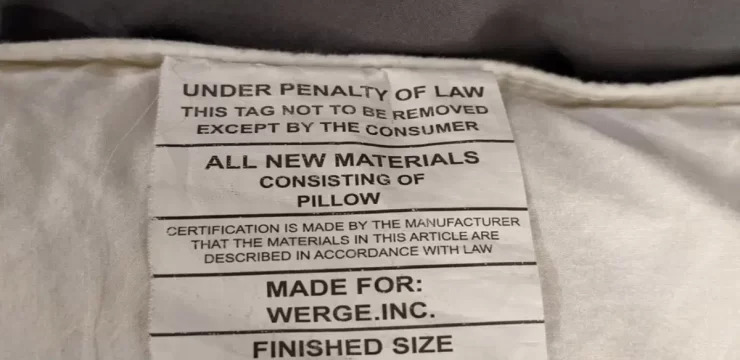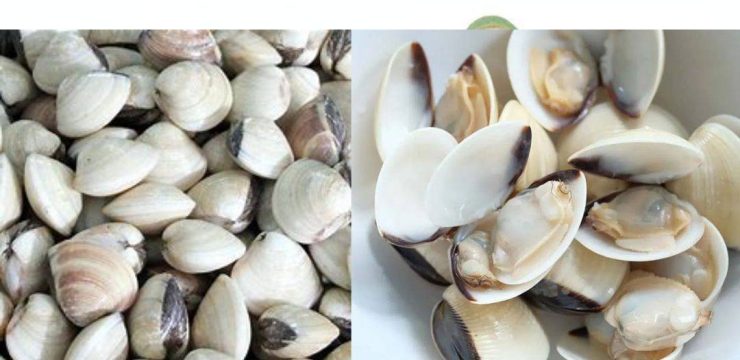If you’ve ever noticed a small, square panel on your car’s front or rear bumper and wondered about its purpose, you’re not alone. Many drivers overlook this feature, assuming it’s merely decorative or serves no real function. However, this unassuming panel plays a crucial role in vehicle safety and recovery.

This panel conceals a threaded socket designed for a tow hook or towing eye. In situations where your vehicle needs to be towed—such as after a breakdown, getting stuck in snow or mud, or following an accident—this hidden feature becomes invaluable. By removing the panel and screwing in the tow hook, you provide a secure attachment point for towing, preventing potential damage to more delicate parts of your vehicle like the bumper or suspension.
The design choice to hide the tow hook socket behind a panel is both aesthetic and practical. It maintains the sleek appearance of modern vehicles while ensuring that the functionality is readily available when needed. This approach is common across various car models, from compact cars to luxury vehicles.
Accessing the tow hook is straightforward. Typically, the tow hook is stored in your vehicle’s trunk, often near the spare tire or in a dedicated toolkit. To use it, gently pry open the panel on the bumper—using a flathead screwdriver or even your fingers—then screw the tow hook into the revealed socket. Once secured, a tow rope or strap can be attached, allowing for safe towing.
It’s important to note that these tow hooks are primarily designed for straight-line towing on flat surfaces. They’re not intended for heavy-duty recovery operations, such as pulling a vehicle out of a ditch or over rough terrain. Using the tow hook beyond its intended purpose can result in damage to your vehicle.
In the realm of motorsports, tow hooks are not just functional but also a safety requirement. Race cars often have tow hooks installed to allow quick removal from the track in case of an incident. These hooks are sometimes brightly colored to ensure visibility. While some enthusiasts install similar hooks on their street cars for aesthetic reasons, it’s essential to ensure they are properly secured and meet safety standards.
If your vehicle’s tow hook cover is missing or damaged, replacements are readily available through dealerships or online retailers. Ensuring this panel is intact not only preserves the vehicle’s appearance but also protects the tow hook socket from dirt and corrosion.
In summary, that small panel on your car’s bumper serves a significant purpose. It’s a gateway to a feature designed to assist in safe vehicle recovery, reflecting thoughtful engineering that balances form and function. Next time you see it, you’ll know it’s more than just a design element—it’s a testament to the practical considerations built into modern automotive design.





